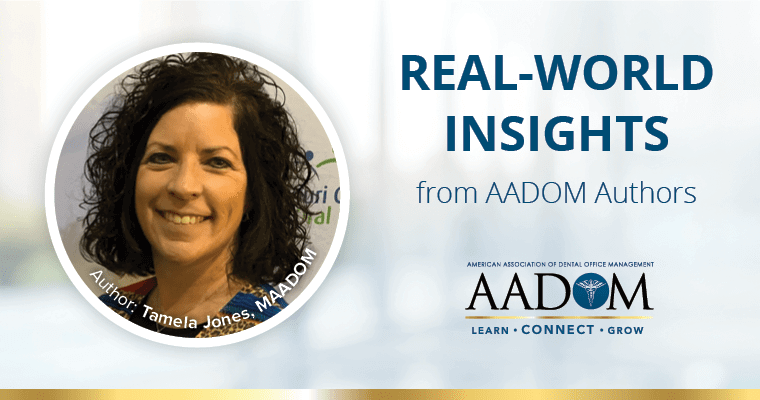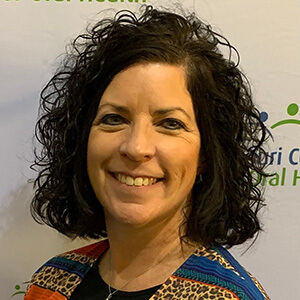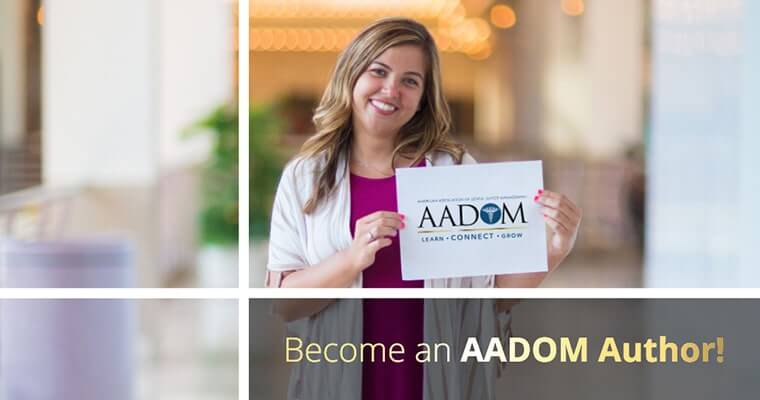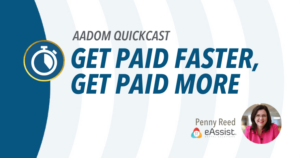Understanding Medicaid in a Private Practice World

COVID has made our lives difficult to navigate regardless of the type of dental practice we work in – Aa fact that no one will argue in current times worldwide and in almost any given profession.
Navigating a system that includes Medicaid to provide dental care to those who are in need is also difficult and has been an issue for quite some time.
Medicaid Reimbursement
State to state, Medicaid is handled in a variety of ways with different reimbursement rates. Federally Qualified Health Centers (FQHC’s) are reimbursed at a much higher rate than a private practice that accepts Medicaid. In some states, it is three times as high as a private practice. This translates to a private office needing to see three patients to only one at an FQHC to receive an equivalent reimbursement.
The majority of private practices opt out of accepting Medicaid in their offices, electing to accept only private insurance plans, or in some instances choosing to remain out of network with any insurance plan so as to be able to bill at usual, customary, and reasonable (UCR) rates.
A 2020 study by the Health Policy Institute showed that reimbursement for Child Dental services from Medicaid in approximately one-third of the United States was 59% or less of the reimbursement by private insurance plans. And, on average, across the United States, reimbursement was only 61.9% of private insurance plans.
This becomes an issue as private practices that elect to see patients with Medicaid are inundated by those seeking care. There is frustration by providers and their teams who are doing their best to deliver quality care, but also on the side of the patients and/or their parents and guardians. The timeliness to see a patient is frustrating as well.
What You Can Do About It
Education of the public in regard to these things is critical for them to understand what we are truly up against. An example of this and proof that we, or most times the general population, “don’t know what we don’t know,” was exhibited in a phone call that was received in a pediatric dental practice that has a patient base of approximately 85% Medicaid and the remaining 15% private insurance and/or private pay.
The office that received the call is currently scheduled out six months for operative appointments, which we all know means that a child is due for their next cleaning and exam by the time the current decay can be treated. In this case, a grandmother who had third-party consent called the office, initially extremely upset that her grandchild who needed treatment was unable to be scheduled for another half a year. She explained that she worked in healthcare and did not find this acceptable.
As the conversation went forward, we discussed that the child has Medicaid as insurance and in the area, there were approximately three options for care. Due to the number of children on Medicaid in the area, each of the practices, two of which fall under the “private practice” umbrella, are scheduling new patients at least two months out and their operative treatment out six months or longer in some cases.
We discussed that most private practitioners who accepted Medicaid in the past have ceased doing so as the ability to sustain their practices financially was no longer an option due to the reimbursement rate being so low. With an explanation in hand and an appointment that wasn’t quite as far out due to a patient rescheduling, this grandparent contacted the office later to thank them for continuing to see children who are insured by the state and apologized to the staff for the misunderstanding and thanked them for explaining the reality of the situation.
It is so important to the overall health of generations to come that we continue to strive toward better reimbursement for those willing to see children on Medicaid no matter where we live.
As dental professionals, we have a responsibility to continue to educate those around us starting with those who don’t have a voice in their own healthcare. The children that we educate today in regard to their oral health and the education we provide as they become young adults on their overall health are the same people that we hope will take the reins from us someday and continue to fight the number one chronic disease among children—tooth decay.
We can educate those in our government offices as to how the decisions they make now will affect the decision-makers of tomorrow as well.
Together we can strive toward a better tomorrow for all whose lives we touch today.
About the Author

Tamela Jones, MAADOM is the Practice Administrator at Compass Dental Services in Springfield Missouri. She began her career in dentistry in December 1989. Tamela is a lifetime AADOM member and earned her Fellowship (FAADOM) designation in 2019 and was inducted as an AADOM Master (MAADOM) at the annual conference in September.
Tamela is a Missouri native but loves to visit new places. When she is not in the office, she enjoys farming with her husband of ten years. She and her husband share four children and most recently became grandparents to Ryker who just turned one and is the light of their lives.







